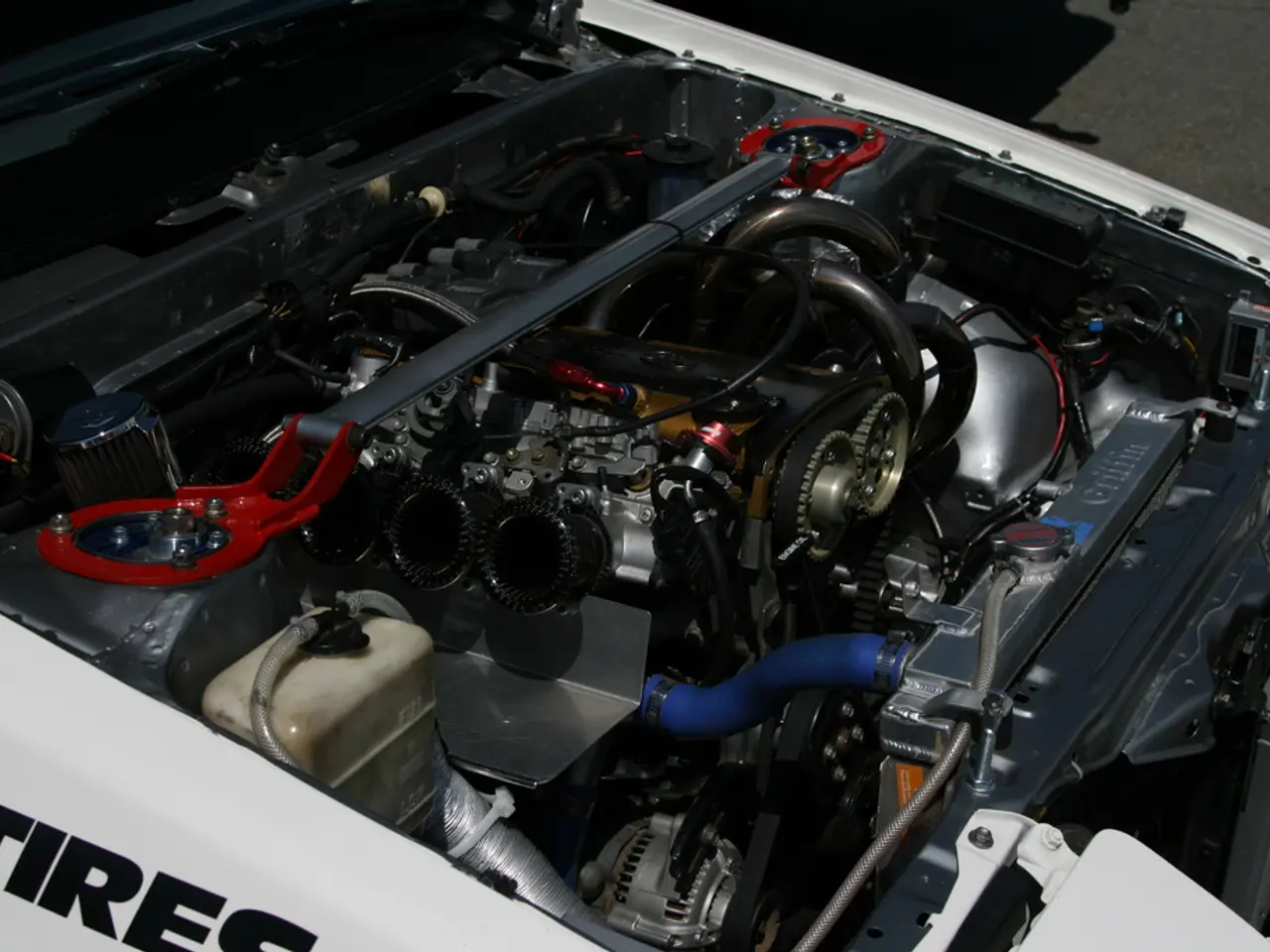Dictionaries select NFT as its Word of the Year
In the digital age, Non-Fungible Tokens (NFTs) have emerged as a groundbreaking innovation, transforming the way we perceive and own digital assets. Originating from blockchain technology, NFTs serve as digital certificates of authenticity and ownership for unique digital art pieces, marking a revolutionary shift in the art world.
NFTs, which stand for non-fungible tokens, are essentially digital tokens that represent ownership of a unique item or piece of content. These tokens are registered on a blockchain, a digital ledger of transactions, ensuring a secure and transparent record of ownership. Any digital creation can become an NFT, making it possible to own and trade unique digital assets.
The NFT art market has experienced a remarkable ascendancy in 2021, with sales figures that were previously incomprehensible in comparison to the beginning of the year. This surge can be attributed to various factors, including celebrity endorsements, high-profile auctions, and speculative investments.
One of the most notable moments in the NFT art world was the sale of Beeple's Everydays: The First 5000 Days at Christie's in March 2021. The collage sold for £50.3m, making it the most valuable NFT sold to date. Another landmark event was The Merge by artist Pak, which commanded a record £68.9m through a novel NFT model where multiple collectors bought units that collectively grew the piece.
NFTs differ from traditional art in multiple important ways. For instance, NFT art exists as digital files secured by blockchain, unlike traditional art which requires physical storage. NFTs are sold on digital marketplaces globally, whereas traditional art relies on physical galleries and auction houses. The NFT market can reach a worldwide audience instantly, whereas traditional art has more limited, location-based exposure.
Artists can also program resale royalties directly into NFTs, earning from secondary market sales, a feature not common in traditional art sales. Digital art generally costs less to produce than physical art, requiring mainly software and devices rather than tangible materials.
The potential future impact of NFTs on the art world and digital market is substantial. NFTs empower younger generations of artists, allowing them to control pricing, copyright, and distribution without intermediaries, keeping a greater share of proceeds. This democratization may shift economic power in the art world and incentivize innovation in digital creativity.
However, the NFT market experiences volatility influenced by social trends and cultural relevance, and questions about long-term value sustainability remain. Yet, the ability of NFTs to authenticate digital ownership fundamentally challenges traditional art paradigms and is poised to reshape how digital assets are created, bought, sold, and valued in the future.
In summary, NFTs have evolved from blockchain-enabled digital certificates to multimillion-dollar art commodities that have changed ownership, trading, and creation in the art world. Their future impact holds promise for deeper digital integration, artist empowerment, and new economic structures in both art and broader digital markets while facing challenges of volatility and cultural shifts.
The sudden presence and widespread conversation about NFTs make it a significant trend for 2021. Collins Dictionary has even named 'NFT' as its Word of the Year for 2021, reflecting its meteoric rise in usage this year. The usage of the term NFT has seen a "meteoric" rise this year, increasing by 11,000%. The NFT market is undoubtedly a force to be reckoned with, and its influence on the digital world is undeniable.
[1] Source: NonFungible.com [2] Source: Christie's [3] Source: Pak [4] Source: ArtNews [5] Source: Forbes
- The surge in NFT sales in 2021 has been fueled by a variety of factors, such as celebrity endorsements, high-profile auctions, and speculative investments, as was observed in the sales of Beeple's Everydays: The First 5000 Days at Christie's and Pak's The Merge.
- The NFT market's transition from digital certificates to multimillion-dollar art commodities has been instrumental in democratizing the art world, empowering younger generations of artists by giving them greater control over pricing, copyright, and distribution, and encouraging innovation in digital creativity.
- As the usage of the term NFT has risen meteorically, according to Collins Dictionary, it's clear that NFTs, which represent ownership of unique digital assets on a blockchain, are poised to significantly influence the digital world, making them a significant trend for 2021 and a force to be reckoned with in the broader digital markets.
[1] Source: Forbes [2] Source: Christie's [3] Source: Pak [4] Source: ArtNews [5] Source: Collins Dictionary




